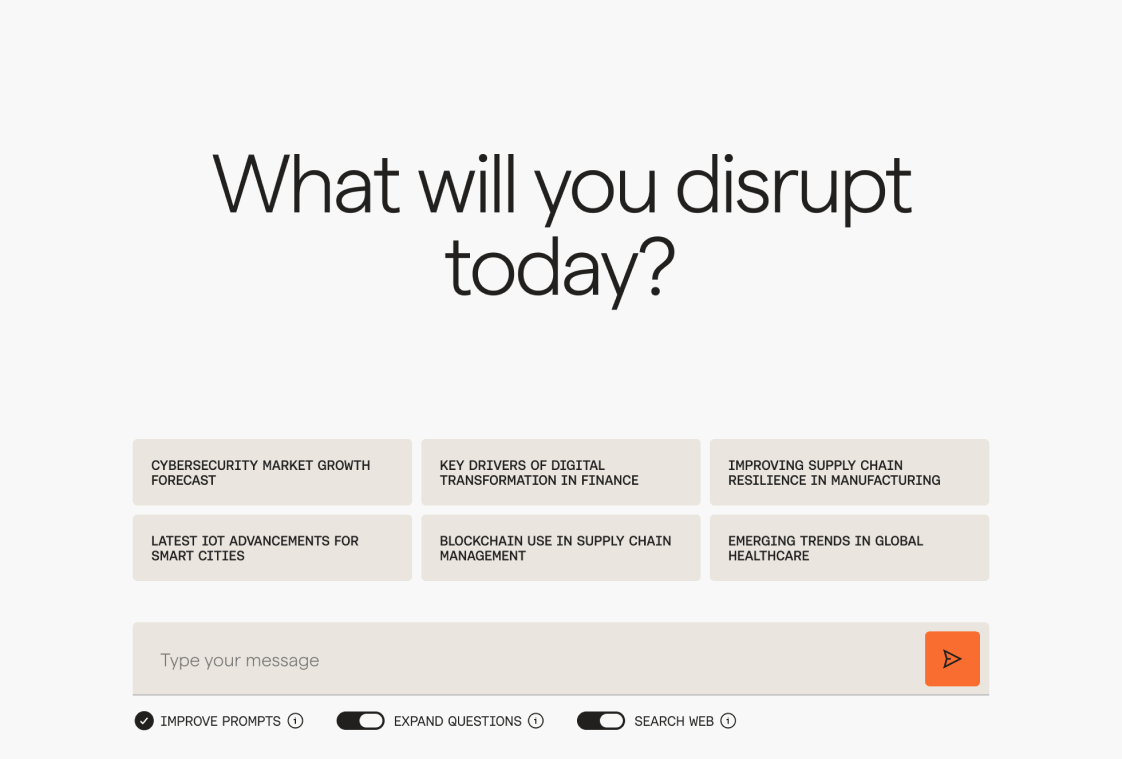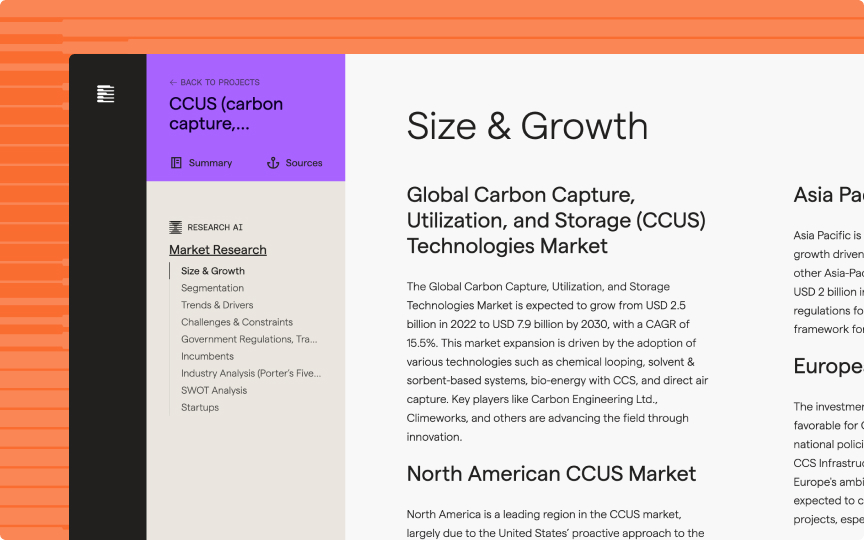
Improve Prompts
Expand questions
Search WEB
Answers from Private Data
See Answers In Action
Ask a Question
Answers
SWOT Analysis for Water Electrolysis
Strengths
- Technological Advancements: Recent innovations in water electrolysis have significantly improved the efficiency and stability of the process. For instance, the development of conductive-diamond anodes has enhanced the treatment of industrial wastewater by increasing the overpotential for oxygen evolution, thereby reducing undesired side reactions and improving current efficiency
source.
- Versatility and Applications: Electrolyzed oxidizing water (EOW) has shown effectiveness as a biocide in various applications, including food safety, industrial cleaning, and healthcare environments. This versatility adds to the robustness of water electrolysis technology
source.
Weaknesses
- High Production Costs: Despite technological advancements, the production costs of electrolyzers remain high. This is a significant barrier to scaling up hydrogen production across a wider set of applications
source.
- Slow Adoption of New Technologies: The adoption of new water technologies, including water electrolysis, is often slow. It can take up to 14 years for new water technologies to be disseminated widely, which hinders rapid deployment and scaling
source.
Opportunities
- Government Policies and Subsidies: About 40 countries have dedicated hydrogen strategies, with targets for increasing green hydrogen use in industries. Government decarbonization commitments and subsidies for water-saving technologies could make water electrolysis more competitive, similar to the solar energy sector
source.
- New Financing Models: The introduction of creative and flexible regulations, along with new business funding models, could support the proliferation of water electrolysis technologies. This could include subsidies for kilolitres of water saved, similar to subsidies for kilowatt-hours of energy produced
source.
Threats
- Regulatory Barriers: Current government policies and regulations can block the scaling of emerging technologies, including water electrolysis. Without regulatory clarity and support, the adoption of these technologies could be significantly hindered
source.
- Infrastructure Development: The lack of infrastructure for the transport and storage of hydrogen is a major barrier. Drastic reductions in production costs need to be coupled with infrastructure development to enable the widespread adoption of hydrogen-based fuels
source.
This SWOT analysis highlights the current landscape for water electrolysis, emphasizing both the potential and the challenges that lie ahead for its adoption and scaling.
How Answers Outperforms
Answers
Competitor systems struggle with hallucinations and often lack vetted sources to support their search queries. Answers is developed from a robust architecture that overcomes these challenges.
Reliance on hallucinated sources that can mislead users.
Absence of critical context, leading to gaps in understanding.
Fabricated facts that erode trust and hinder effective decision-making.
Use of unverified sources, compromising the integrity of information.
Auto Prompt Engineering: Automatically optimizes your search queries
Source Quality Check: Rigorously evaluates the credibility of sources
Output Quality Check: Guarantees high-quality responses
Private Data Integration: Seamlessly incorporates your private data

